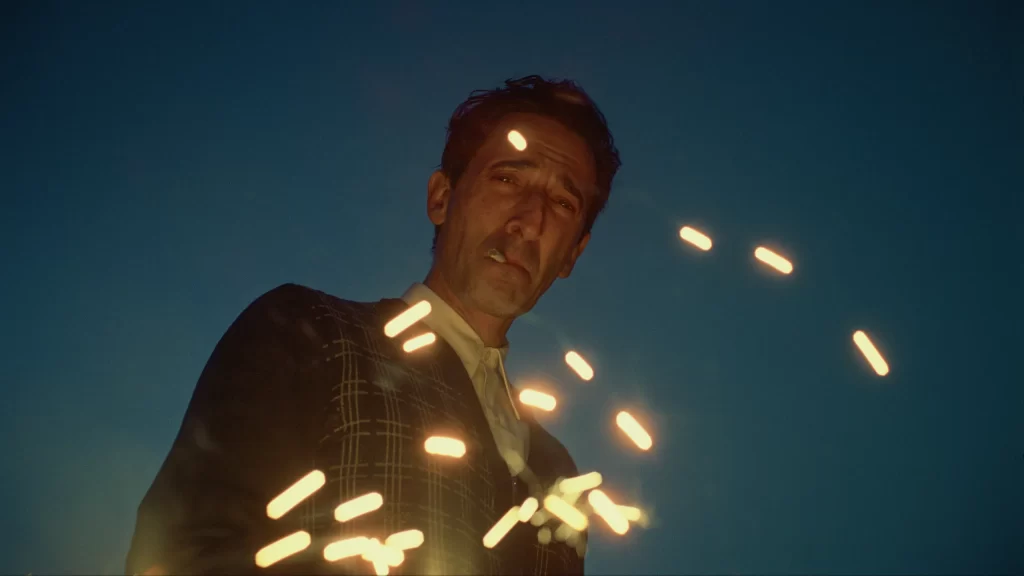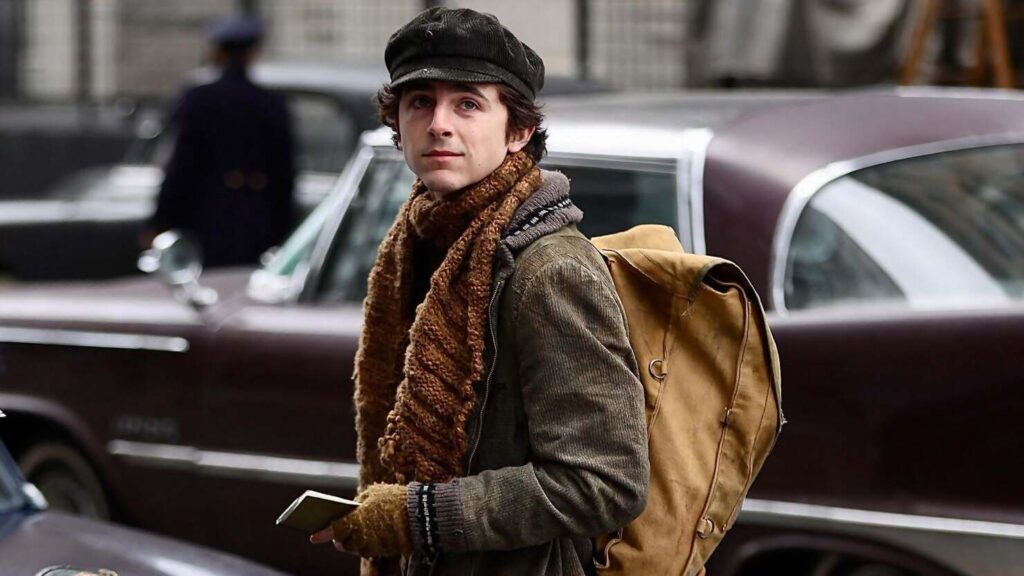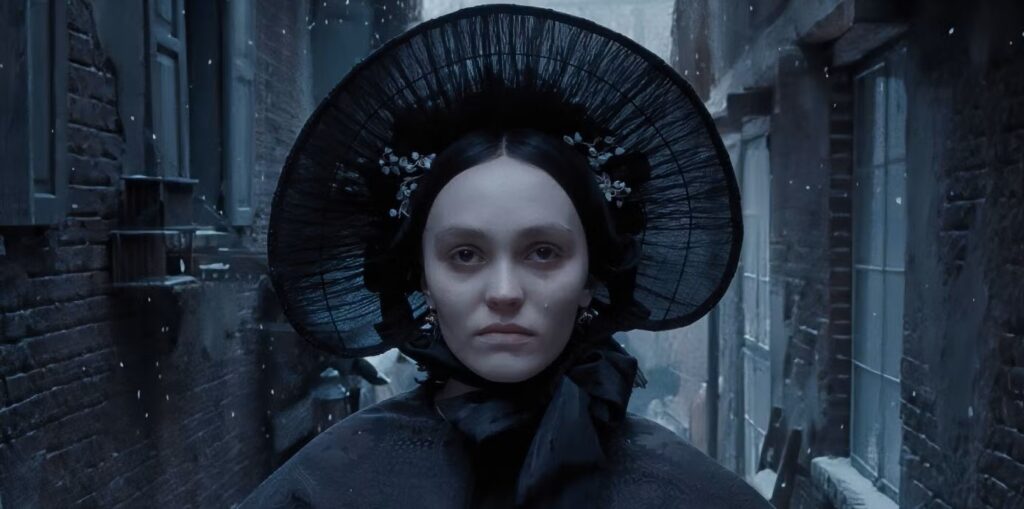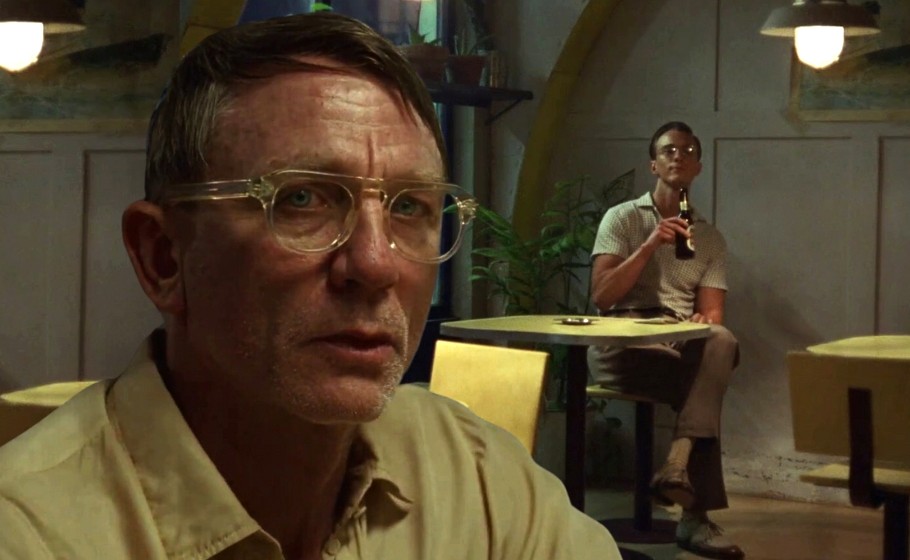Sinners: (Don’t) Let the White One In
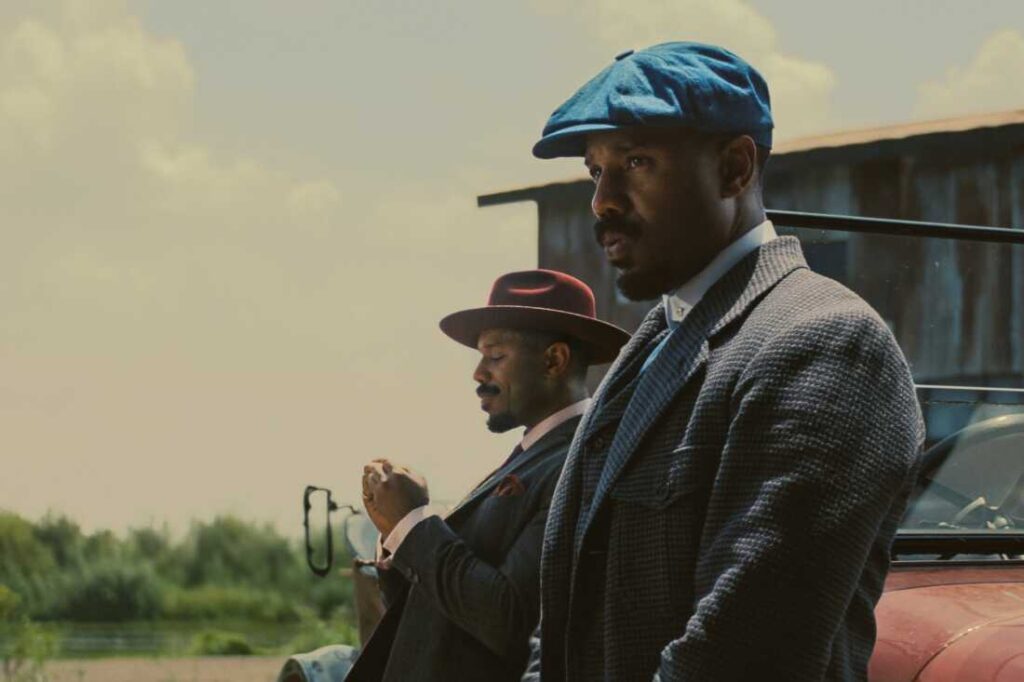
We always say we want more original movies, but how many movies are truly original? Sinners, the latest feature from Ryan Coogler, is in some ways a work of pastiche, incorporating strains of gangster cinema, music videos, and horror lore. But despite embracing its influences (which is not, in itself, a bad thing), it manages to feel new—both for the urgency of its ideas and the vibrancy of its filmmaking.
That description also applied, with partial force, to two of Coogler’s earlier efforts, Creed and Black Panther. In those pictures, the director managed to imprint his personality onto the material while still operating within the brand-managed confines of the cinematic franchise. (His attempt to repeat the feat with Black Panther’s sequel, Wakanda Forever, was markedly less successful, if partly for tragic reasons beyond his control.) Sinners, for all its boisterous entertainment value, shackles him with no such commercial chains. No longer is Coogler reinterpreting and revitalizing a cherished piece of intellectual property. He’s reimagining the world. Read More

